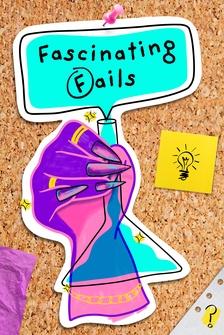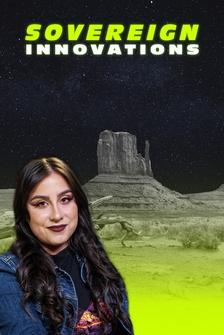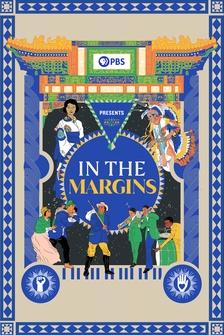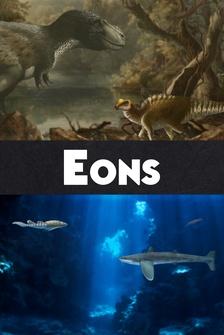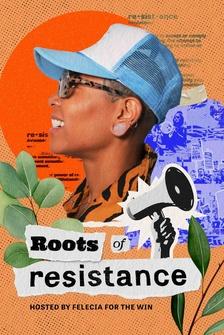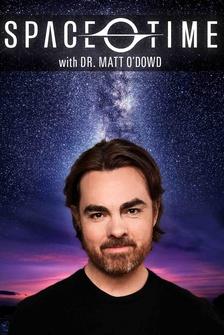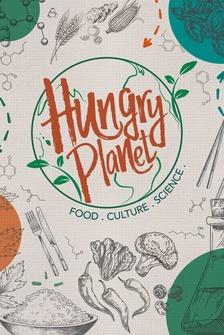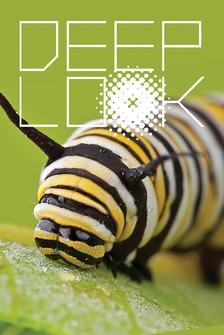(light music) - Hidden along the equator lies a rainforest like no other.
The Choco is a kaleidoscope of life.
An enchanting home to an astonishing array of species many found nowhere else on Earth.
But like most of Earth's tropical rainforests, The Choco is under threat.
Widespread deforestation for agriculture, logging, and human settlements has pushed this incredible ecosystem to the brink of disappearing.
But, there is hope, thanks to these.
These are tree islands, small patches of trees replanted within larger deforested areas.
Scientists think this groundbreaking idea could change the world's forest recovery efforts by allowing the forest to regrow itself thanks to one surprising ingredient, animal poop.
(gentle music) Here in Ecuador, the Choco Rainforest covers approximately 7,000 square kilometers, nearly one and a half times the size of Grand Canyon National Park.
Separated from the Amazon by the towering Andes, The Choco is a world unto itself.
It's also one of the wettest places on Earth.
Some spots receiving upwards of 400 inches of rain per year.
It's also one of the world's most biologically diverse places.
A home for over 800 species of birds, 140 species of mammals, and 9,000 species of plants.
Here, inside a 100-meter square, you can find nearly as many tree species as in all of Europe.
Rainforests like The Choco are critical for preserving Earth's biodiversity.
These are some of the determined researchers on a mission to save this remarkable ecosystem.
(Leighton speaking in foreign language) - They contain more than half of all of the species in the world, even though they occupy a relatively small proportion of the Earth's land surface.
There's new species being discovered in tropical rainforests every year, including here in Northwestern Ecuador.
Every year, an area of tropical forest gets cut down that's about the size of Lake Michigan.
(orchestral music) - The Choco is considered one of the most threatened ecoregions in the world.
In Ecuador, only about 2% of the original forest cover remains.
As more and more of it is converted to palm oil plantations, countless species of plants and animals are at risk of extinction.
(Fernando speaking in foreign language) Fernando is now fighting to restore his native lands.
(Fernando speaking in foreign language) But saving a rainforest is not an easy task.
Although scientists know what a healthy tropical forest looks like, they still know very little about how to regrow them.
(Fernando speaking in foreign language) (light music) At this point, maybe you're thinking, why not just plant trees?
One new tree to replace every old one?
Well, the cost, for starters.
Additionally, many traditional replanting efforts have focused on replanting only a small number of tree species.
But this allows only a few fast growing species to dominate the regrown forest, and it really fails to recreate the complex diversity of species in natural rainforests, which can contain upwards of 400 tree species in an area the size of a Manhattan city block.
Regrowing a forest by only replanting a few species is like trying to paint a Picasso with only primary colors.
But here, scientists are trying something new, an idea that harnesses the power of nature itself.
Instead of planting rows of seedlings in a large scale plantation, the researchers are creating small, strategic patches filled with a diverse mix of native trees.
They hope that over time these empty spaces will be filled by the same natural processes that keep healthy rainforests lush and diverse.
- [Leighton] The idea is that these small patches of trees will kickstart a natural regeneration process.
- [Joe] And here's where things get interesting, because the team's secret weapon is poop.
(bright music) The trees planted in these islands produce fruit.
In a healthy rainforest, animals act as nature's gardeners.
As creatures like howler monkeys and toucans feast on that fruit, their droppings disperse seeds far and wide, planting new forest with every trip to the bathroom.
Up to 80% of tree species rely on birds and mammals to spread their seeds in this way.
When a patch of rainforest falls, it's these animal gardeners that hold the key to bringing it back to life.
Eating fruits, carrying the seeds far and wide, and ultimately, planting the forest of tomorrow.
- One of the big questions is, what are the best kinds of trees to plant?
How many of them do you need to plant and what kinds of spatial configurations?
- [Joe] The scientists are betting that by planting trees with mouthwatering fruits, they'll attract a bunch of hungry critters like monkeys, birds, and bats to help this forest regrow itself.
Who knew that the key to saving the rainforest could be as simple as a well-stocked fruit buffet.
To test the idea, researchers pack half of their plots with trees that produce a bounty of animal attracting fruit, while the other half offer fewer delicious treats.
- At the same time, we're also monitoring animal populations to identify what bird species are coming and visiting plots.
(Fernando speaking in foreign language) - [Leighton] We'd like to be able to connect the dots between what animals are present and what seeds they're bringing into the restoration plots.
- [Joe] The project has captured the imagination of the local community.
- [Leighton] A lot of the success that FCAT has enjoyed is due to the tight bonds that they have with the local communities that are here.
(Fernando speaking in foreign language) - [Joe] The experiment is still young, but the team is already seeing promising signs.
(Fernando speaking in foreign language) (light music) If it works, this approach could revolutionize reforestation efforts not just in The Choco, but in threatened rainforests worldwide.
- Ecological restoration is not a silver bullet.
It's not the solution to all of our environmental problems.
In order to prevent mass extinction, we have to stop destroying intact habitats.
And restoration can't do that.
But restoration is part of the solution as well.
Ecological restoration allows us to build back some of the habitat that's been lost.
- [Joe] Only time will tell if their tree islands will take root.
But in the battle to save our rainforests, every seed of hope matters, and in The Choco, those seeds are starting to sprout.
(light music) (uplifting music)





